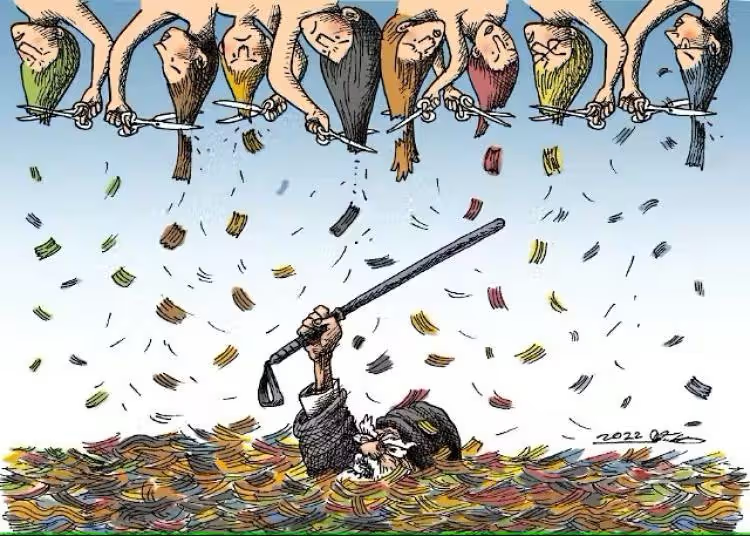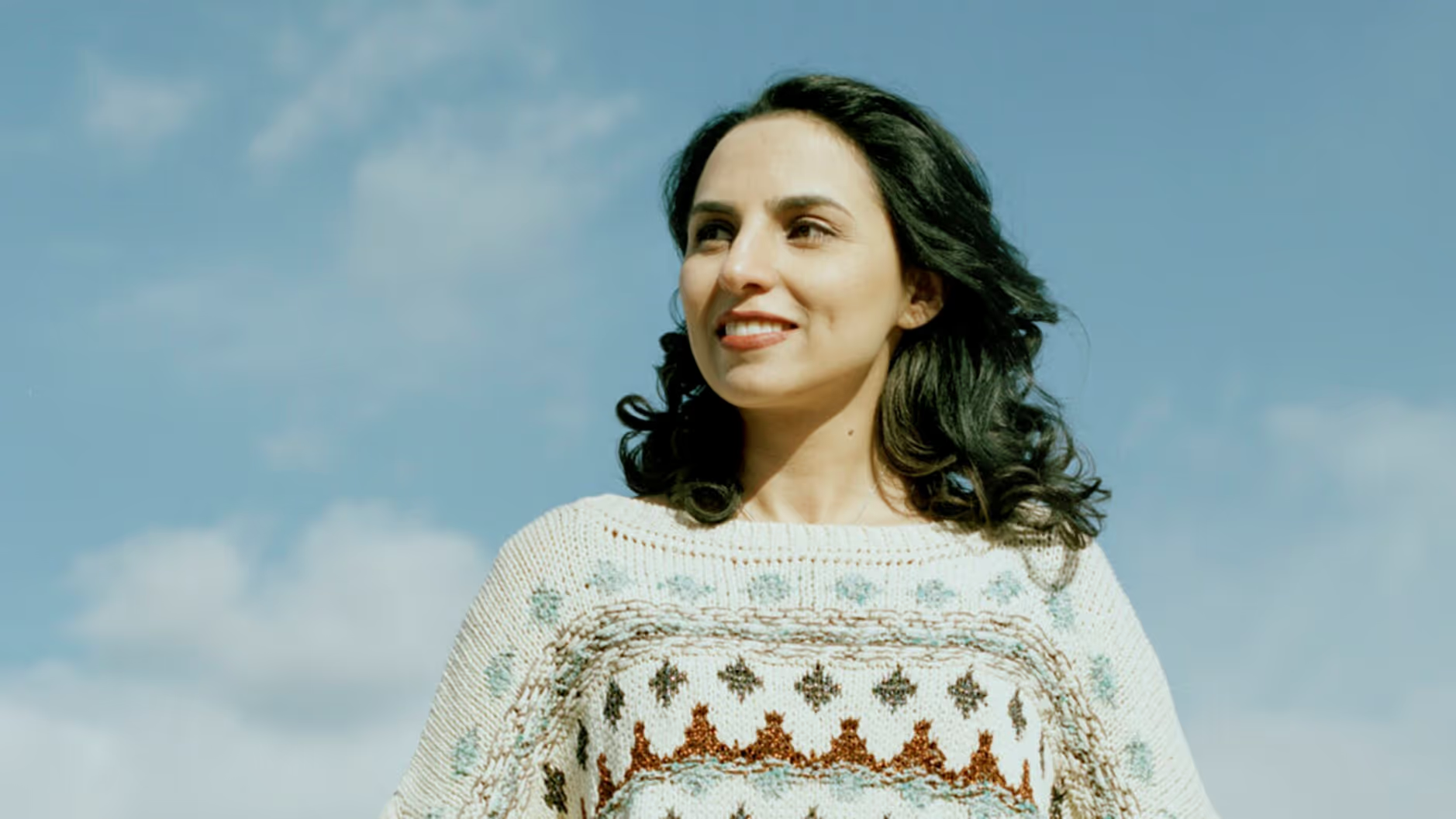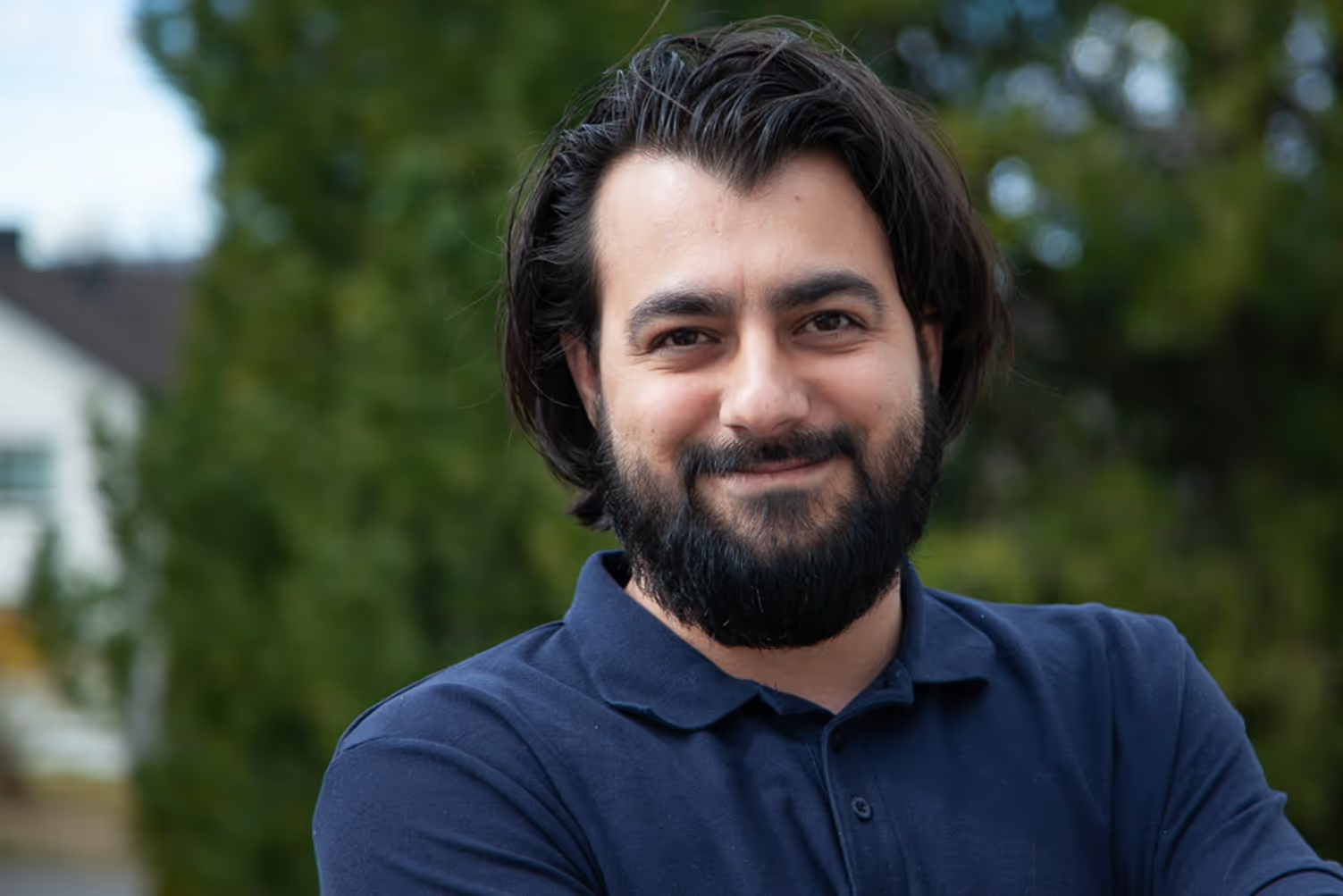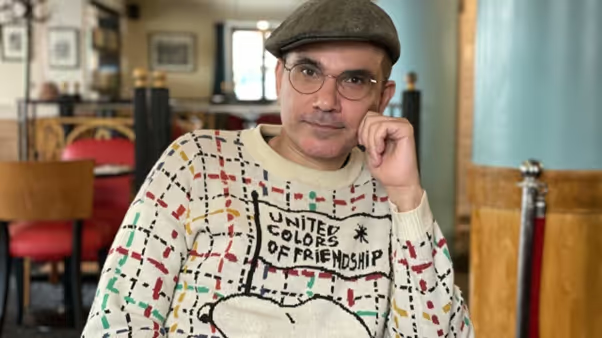‘Woman, Life, Freedom’: Iranian ICORN residents in solidarity from exile

Over the last two months, Iran has seen its biggest and longest lasting protests since the 1978 Revolution. What sparked the unrest was the death of 22-year-old Mahsa Amini at the hands of Iran’s morality police. With human rights issues and individual expression at the heart of the issue, Iranian ICORN residents have firmly stood in solidarity and hope.
ICORN’s residents from Iran, most of whom have been persecuted and oppressed by the authorities, have closely followed, and engaged with the situation. Fatemeh Ekhtesari, Justina, Masoud Ghadim Fallah, and Mana Neyestani are only four of dozens of IORN residents from Iran who have continued resist in exile through their creative work and activism.
‘Iranian women are no longer the women who they were forced to be for 44 years’

Fatemeh Ekhtesari, the ICORN resident in Lillehammer between 2017 and 2019, is one of Iran’s most prominent young poets. Throughout her career, she has proven to be a powerful dissenting voice for the rights of women in Iran and beyond.
Ekhtesari’s latest poetry collection Hun er ikke kvinne (‘She is not a woman’) comes at a time when the issues of her work have increasingly become ones of life and death in her home country of Iran, gaining worldwide attention.
Through her innovative style of poetry, Fatemeh focuses on issues of individual identity and the limits imposed on it, whether by societal norms, family expectations, and one’s own thoughts and feelings. Exploring issues of gender, sexuality, and religion, Ekhtesari crosses boundaries and tackles issues prevalent in Iranian society.
Reflecting on her new book and its connection to the ongoing demonstrations in Iran, Fatemeh draws strong parallels:
‘Hun er ikke kvinne is about those who do not want to be someone they have been forced to be. It is for those who remove assumptions and break away from all rules and boundaries dictated to them. It is exactly for people like those protesting in Iran right now, who say ‘NO!’ to all suppression, for the women who burned their hijab- they are no longer the women who they were forced to be for 44 years.’
You can find out more about Fatemeh Ekhtesari’s new poetry collection Hun er ikke kvinne and purchase it here. The poems are in both Persian and Norwegian.
‘If fundamental change is to happen in Iran, it will be done by women’

Farima Habashizadehasl, better known as the rapper Justina, is someone who has long been vocal against the Iranian regime. Although it is illegal for women in Iran to sing and perform solo, Justina established herself as a symbol of resistance, focusing her work on social issues, human rights, and the treatment of women and LGBTQ+ people.
Since her arrival as ICORN resident in the Swedish town of Piteå in 2020, Justina has continued using her music to confront the Iranian establishment. Following the death of Mahsa Amini, the rapper released a song called ‘Revolution’, expressive of the anger and frustration at the treatment of women in Iran, yet hopeful of change to come. You can listen to the song below.
Aside from her artistic work, Justina has used her platform for activism, reaching out to Swedish audiences and raising awareness of the situation in Iran. In an interview with SVT, Sweden’s state television broadcaster, the rapper talks of the unrest after the death of Mahsa Amini as the culmination of growing social discontent with authoritarianism and shares that she ‘tries to keep her hope, but it is hard’.
You can lean more about Justina’s own experiences of Iran’s morality police here and here.
‘The compulsory hijab and the political economy in Iran’

Offering a multidisciplinary academic perspective on the issue is the Iranian sociologist, writer, and playwright Masoud Ghadim Fallah, who is the current ICORN resident in Skien, Norway. A Marxist scholar and writer, Fallah has challenged and criticised the Iranian regime on a variety of issues, both through his academic work and his politically charged theatre plays.
Since the unrest triggered by the death of Mahsa Amini, Fallah has published opinion pieces in the Norwegian newspaper Klassekampen and given public lectures on the situation in Iran. His analysis has particularly focused on the relationship between the compulsory hijab and Iran’s political economy, drawing on various disciplines, such as history, geopolitics, political science, and theology.
Commenting on the causes of the ongoing demonstrations, Fallah says:
‘The Islamic Republic, as a bourgeois class formed on the basis of political Islam, must keep women in socio-economic inequality in order to obtain their cheap labour and do it according to the Islamic tradition. The hijab is a tool for both purposes.’
‘The revolt at the end of the pencil’

Mana Neyestani, the renowned political cartoonist and former ICORN resident in Paris, has not been in Iran since 2006. Yet, he has continued following developments in his home country and focused his art on exposing the injustice and hypocrisy of authorities in Iran and beyond, providing powerful critique of global current affairs.
Since the outbreak of protests across Iran two months ago, Neyestani has solely concentrated his efforts on the current situation and has paused all his other projects. Through ‘revolt at the end of the pencil’, Mana’s cartoons have kept the world alert of the developments in Iran and has encouraged fellow Iranians to continue the fight against the regime.
Neyestani has already produced numerous cartoons reflecting Mahsa Amini’s death and its consequences, including the one heading this article. The cartoon above depicts Iran’s Supreme Leader Ali Khamenei helplessly being buried under the weight of the hair of Iran’s women who are cutting it in protest.
You can see more of Mana Neyestani’s cartoons on his Instagram account.
To read Radio France Internationale’s article on Mana Neyestani, please click here.



